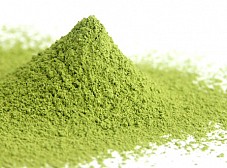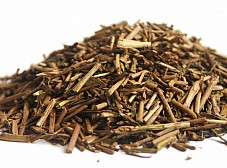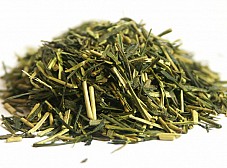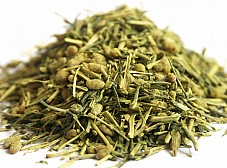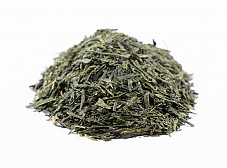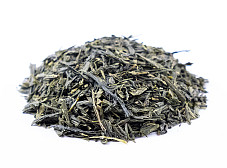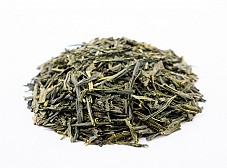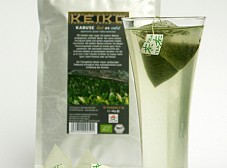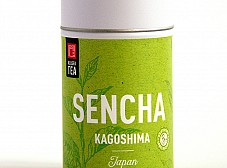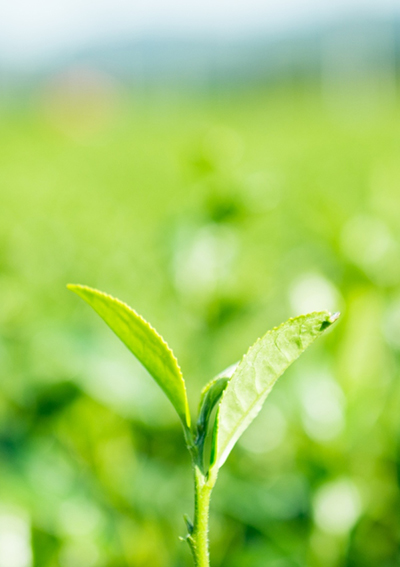
Green Tea - Japan
Let us open the door to the world of unique and highly appreciated Japanese green teas. Loose-leaf Japanese teas have a character and tradition all their own. Japan is renowned for its meticulous approach to the process of growing and processing green tea. In our range you will find the most famous Japanese teas such as premium sencha, green powder tea matcha, high quality gyokuro and many more. Each has its own unique taste, aroma and place in the rich history of Japanese tea culture.
More...History of Japanese tea
Tea first came to Japan in the eighth century, first as an exotic drink. Then in the 12th century, the seeds of the cultivated tea plant were brought to Japan by Myoan Eisai, the founder of the Rinzai school of Buddhist Zen. Green tea was mainly drunk by Buddhist monks who appreciated the stimulating effects of green tea. It helped them to maintain concentration and alertness during meditation.
Japanese tea ceremony
Japan has a tradition of tea ceremony that was adopted from China in the 15th century, when this form of tea preparation was already in decline in China. The tea ritual has clearly prescribed rules on how to properly prepare Japanese matcha tea powder. To penetrate it is a great art that tea masters master only after many years. It involves the use of special tea utensils such as the chawan (bowl), chasen (whisk) and chashaku (ladle) - together we now call them the matcha set.
Tea processing in Japan
Most tea in Japan is grown in the territories and islands south of Tokyo. Only green tea is produced here, and the drying method is different from that of China. The Chinese neutralise the oxidising enzymes with heat (e.g. on hot pans), but the Japanese use hot steam. The length and intensity of steaming determines the final appearance and taste of the tea. Drying, cleaning and sorting then take place. Classic Japanese sencha is shaped like tiny, smooth green needles. In Japanese tea, the darker the colour of the dry leaf, the better the quality of the tea. However, the aroma and freshness of the loose tea also tells us a lot.
Harvesting Japanese tea
The quality and price of Japanese tea is determined by the time of harvest, so the quality can be easily graded. The first harvest (the best quality teas) takes place from mid-April to mid-May. The second harvest takes place from the end of May and the third harvest takes place in June. Very loosely, Japanese tea could be divided into bancha, sencha and gyokuro according to quality. However, these divisions can overlap and are not always indicative of the quality of the tea. Green tea has proven antibacterial and antiviral effects and lowers cholesterol levels due to its content of unoxidised polyphenols. High-quality Japanese teas are high in vitamins A, B, C, E and P, as well as catechins, carotene, amino acids and minerals such as potassium, fluorine and zinc.
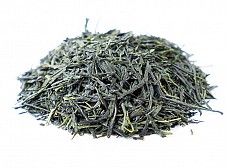
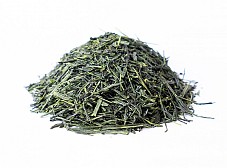

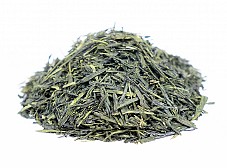
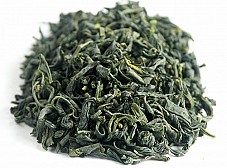
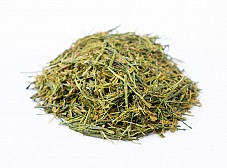


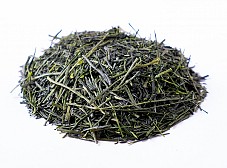
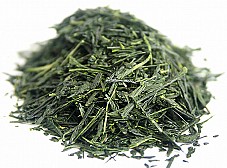
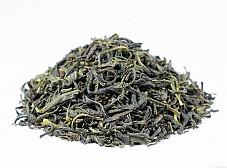
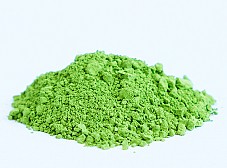
.jpg)
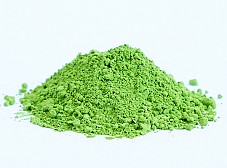
.jpg)
